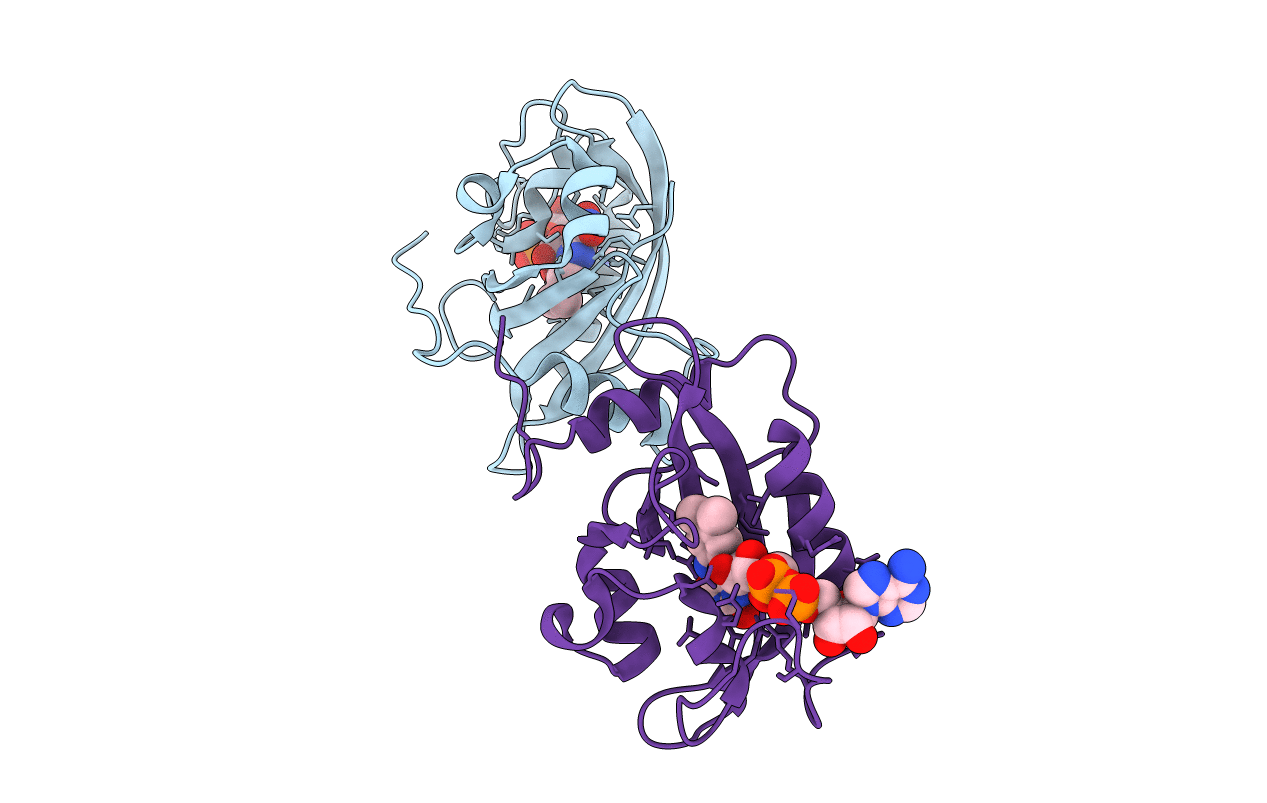
Deposition Date
2008-05-20
Release Date
2008-06-17
Last Version Date
2023-08-30
Entry Detail
PDB ID:
3D72
Keywords:
Title:
1.65 Angstrom crystal structure of the Cys71Val variant in the fungal photoreceptor VVD
Biological Source:
Source Organism:
Neurospora crassa (Taxon ID: )
Host Organism:
Method Details:
Experimental Method:
Resolution:
1.65 Å
R-Value Free:
0.26
R-Value Work:
0.25
R-Value Observed:
0.26
Space Group:
P 1 21 1


